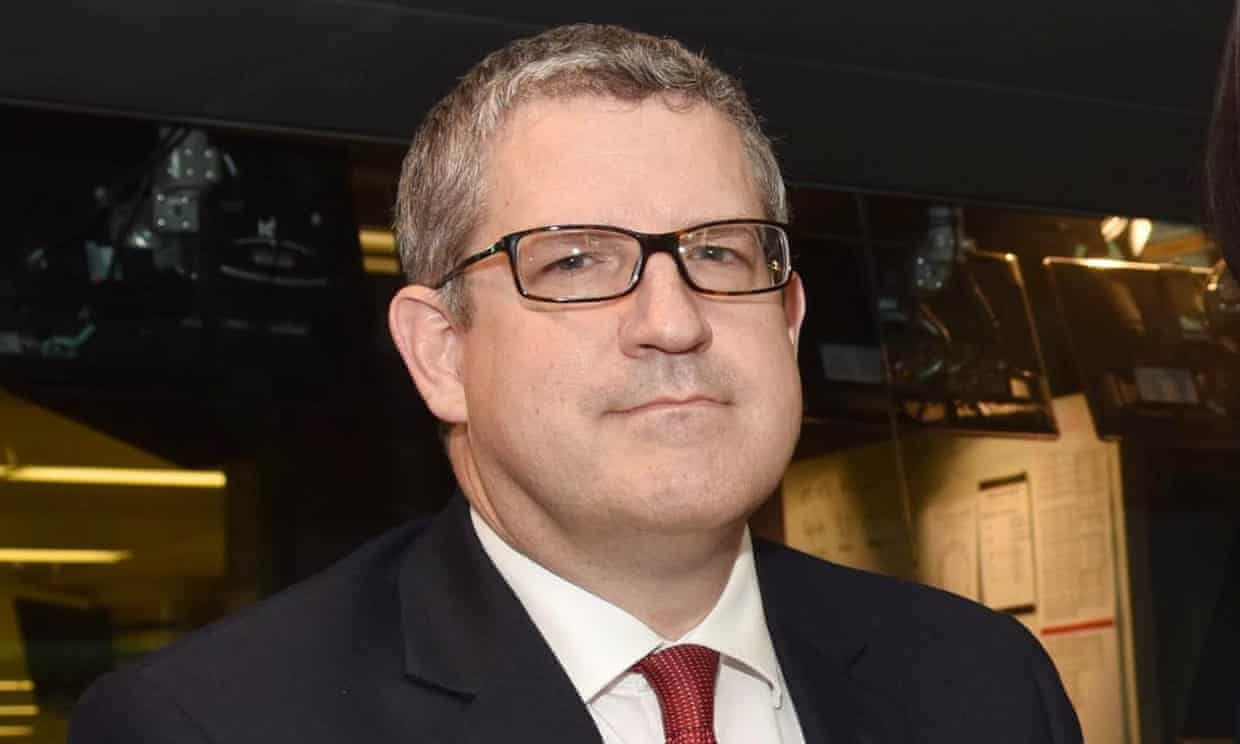NATO puts 300,000 troops on ‘high alert’ in readiness for a confrontation with Russia as fears grow Putin is preparing to attack the West
- Nato chief Jens Stoltenberg putting 300,000 troops on ‘high alert’
- Military intelligence are worried about Putin’s new Armata battle tank
- UK stalled new tank design as heavy armour is not useful against jihadis
Nato chiefs, thrown into a panic by fears that Russian President Vladimir Putin might attack the West, are scrambling to put together a force of 300,000 troops which they can put on ‘high alert’.
Relations between Russia and the West have plunged in the last year, with Moscow’s insistence on backing its Syrian ally, President Bashar al-Assad, at all costs leading to serious tension with the US, Britain and France.
Most Nato members cut their defence spending dramatically since the Soviet Union collapsed in 1991 but Russia has been bolstering its military capabilities, holding parades involving more than 100,000 troops each year.
Nato soldiers stand on a pontoon bridge constructed across the Vistula river in Poland during the NATO Anaconda-16 exercise earlier this year
DailyMail: Moscow has been throwing its weight around in recent years – in 2008 Russian troops humiliated the Georgians and in turn the White House by invading South Ossetia and Abkhazia in support of pro-Moscow rebels.
Nato members like Estonia, Poland and Romania, who are feeling increasingly threatened by Moscow, are now being promised a rapid deployment force.
Nato Secretary General Jens Stoltenberg told The Times this week: ‘We have also seen Russia using propaganda in Europe among Nato allies and that is exactly the reason why Nato is responding. We are responding with the biggest reinforcement of our collective defence since the end of the Cold War.
‘We have seen Russia being much more active in many different ways.
‘We have seen a more assertive Russia implementing a substantial military build-up over many years; tripling defence spending since 2000 in real terms; developing new military capabilities; exercising their forces and using military force against neighbours,’ added Mr Stoltenberg. More here.
****
Russia’s hybrid war actions:
Montenegro says “nationalists from Russia” planned to kill prime minister
IanAllen: Authorities in the former Yugoslav Republic of Montenegro say that “nationalists from Russia” and Serbia were behind a failed plot to kill the country’s prime minister and spark a pro-Russian coup in the country. As intelNews reported last week, the coup allegations surfaced on October 16, after 20 Serbians and Montenegrins were arrested by authorities for allegedly planning a military coup against the government of Montenegro. The arrests took place on election day, as Montenegrins were voting across the Balkan country of 650,000 people.
On Sunday, at a press conference in Montenegro’s capital and largest city, Podgorica, the country’s Chief Special Prosecutor, Milivoje Katnić, reiterated claims that the failed coup aimed to prevent the reelection of Prime Minister Milo Đukanović, whose push for Montenegro to join the North Atlantic Treaty Organization has prompted strong objections from Moscow. Katnić told journalists that the plotters had hired a “long-distance sharpshooter” who was “a professional killer”, for the task of killing Đukanović. After killing the Prime Minister, the plotters had planned to storm the parliament and prompt a pro-Russian coup in the former Yugoslav Republic, said the special prosecutor. He added that authorities had confiscated weapons, military uniforms and nearly $140,000 in cash that were found in the possession of the alleged coup plotters.
Asked about the fate of the 20 alleged coup plotters, Katnić said that 14 of them remained in custody in Podgorica, while six others had been extradited to Serbia. The Serbian government of Prime Minister Vučić has accepted Montenegro’s allegations that the coup was hatched in Serbia and has offered to help investigate alleged links between the plotters and the Russian state. However, said Katnić, his team of investigators had no evidence of direct involvement by Russia in the alleged coup plot. But, he said, “two nationalists from Russia”, whom he did not name, were among the leaders of the plot. In a press statement, Katnić’s office said that other coup plotters in addition to the 20 men arrested, remained at large, having escaped from Serbia. They could now be in Russia, he said. Moscow has not responded to the claims by the Montenegrin authorities.
*** Denise has interview Nolan Peterson on Ukraine
Back to Ukraine, ready for the Russian Invasion
Nolan Peterson: Kiev, Ukraine—The young man never told anyone he was going to war.
The 20-year-old student at Kiev’s Taras Shevchenko National University slipped away in June 2014 to join a civilian paramilitary group fighting in eastern Ukraine.
The young man, whose name was Sviatoslav Horbenko, was a star pupil at the university’s Institute of Philology, where he studied Japanese. When he transferred from a university in Kharkiv, a city in eastern Ukraine, during his third year, he had to retake 17 exams.
He aced them all.
“There was no bellicose air about him,” said Serhiy Yanchuk, an associate professor at Taras Shevchenko University and coordinator of the university’s Students Guard, a volunteer militia comprising students and faculty.
“He never acted or behaved aggressively for his personal cause,” Yanchuk said. “He was friendly, warm hearted, and an easy-going person. One would surely want to be a friend of such a guy.”
At his father’s behest, the younger Horbenko moved to Kiev and settled into life and his studies at Taras Shevchenko National University.
And then, a few months after the war began in the summer of 2014, Sviatoslav Horbenko disappeared. Without telling his friends, family, or teachers, he joined Right Sector, a civilian volunteer battalion, to fight at the battle for the Donetsk airport.
Olexander Horbenko ultimately was able to track Sviatoslav down at boot camp. The father tried to dissuade his son from going to war. But Sviatoslav was determined.
“That was my last meeting with him alive, our unforgettable conversation,” Olexander Horbenko later said. “Sviatoslav considered defending his fatherland as his duty, and he developed the strong bonds of military comradeship.” Read the full story here.


 Militant fighters of the Islamic State. File photo
Militant fighters of the Islamic State. File photo Rebel shelling kills over 80 civilians in Syria’s Aleppo
Rebel shelling kills over 80 civilians in Syria’s Aleppo














 Andrew Parker said Russia was ‘using its whole range of state organs and powers to push its foreign policy abroad in increasingly aggressive ways’. Photograph: Jeff Overs/BBC/PA
Andrew Parker said Russia was ‘using its whole range of state organs and powers to push its foreign policy abroad in increasingly aggressive ways’. Photograph: Jeff Overs/BBC/PA